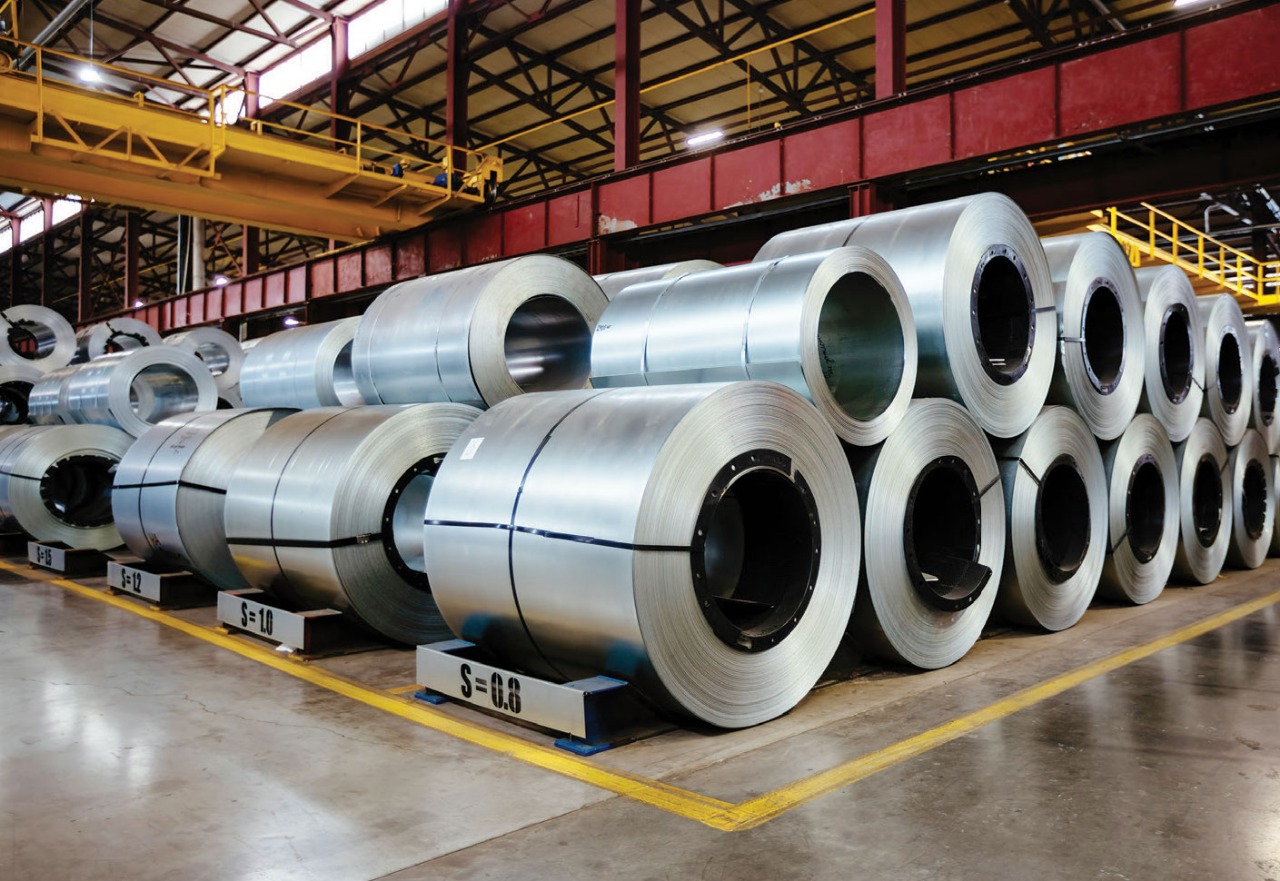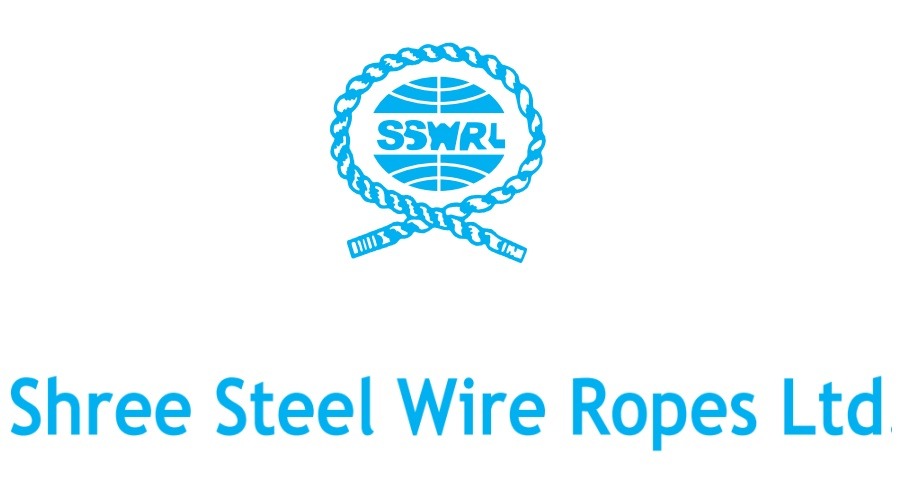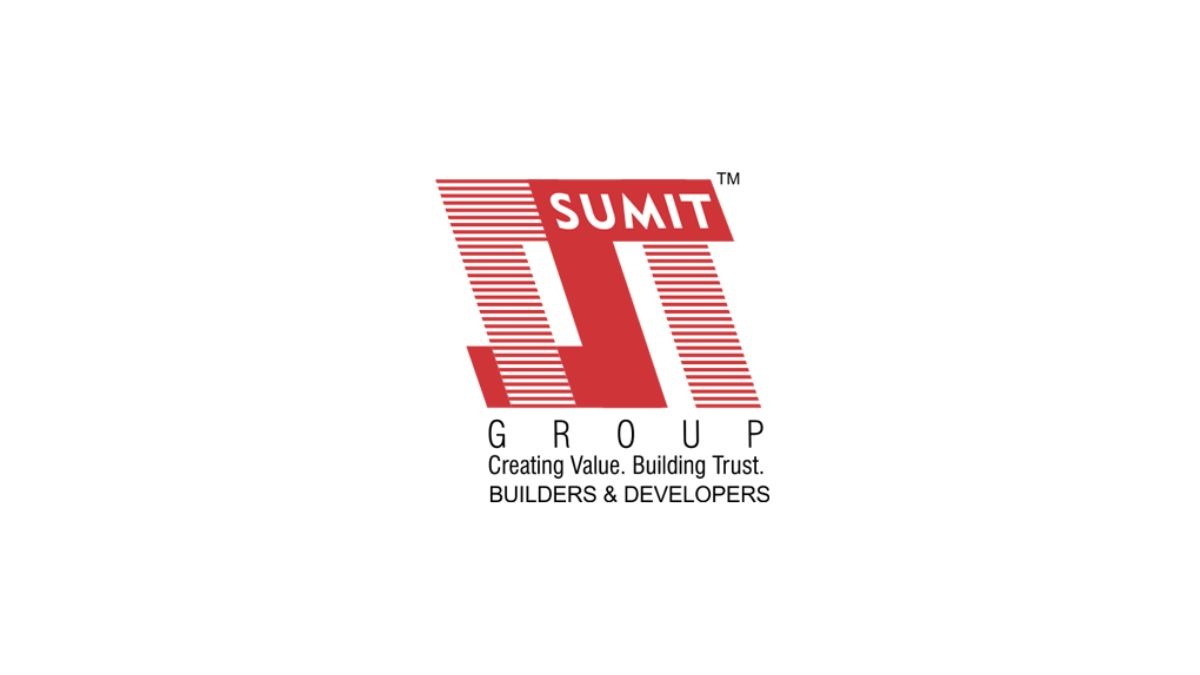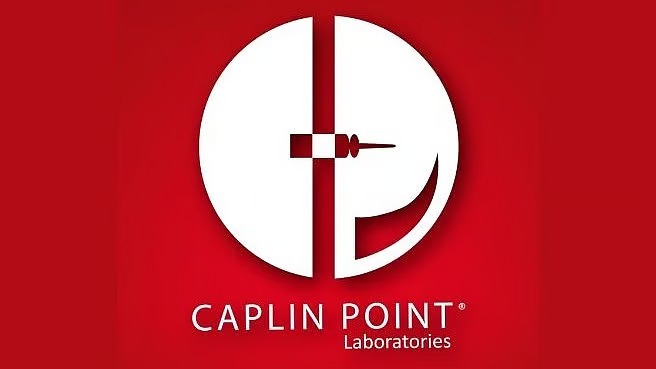
Follow WOWNEWS 24x7 on:
Updated: May 14, 2025 07:28

India's steel industry is going through a revolutionary change, with the government and industry executives announcing a string of ambitious initiatives intended to make Indian steel competitive and ready for the future on the global platform.
Key Highlights
Aspirational Capacity Targets: India has committed to increase steel production capacity to 300 million tonnes by 2030 and then another 500 million tonnes by 2047. This makes India poised not only to supply increasing domestic demand but also become a net global exporter.
Zero Import, Net Export Vision: Prime Minister Narendra Modi has called upon the industry to attain 'zero import' and aim for 'net export' of steel. All government infrastructure projects are now required to utilize domestically manufactured steel, increasing demand for Indian products and lowering dependence on imports.
Policy Reforms and Incentives: The Production Linked Incentive (PLI) scheme for specialty steel launched by the government has garnered investment commitments of Rs 17,000 crore. This should further greatly boost India's competitiveness in high-end steel production and spur innovation.
R&D and Innovation Drive: Three R&D schemes and a digital matchmaking portal, SteelCollab, are new initiatives under the Steel Research Technology Mission of India (SRTMI). They are aimed at promoting decarbonisation, digitalisation, and the development of advanced steel through the collaboration of industry, academia, and start-ups.
Infrastructure Boom: Large government schemes like the PM Gati Shakti National Master Plan, National Infrastructure Pipeline, and projects like PM Awas Yojana and Jal Jeevan Mission are causing record demand for steel. Such initiatives also facilitate that the fruit of growth accrues to areas like construction, manufacturing, and transportation.
Market Access and Global Partnerships: India is aggressively bargaining several Free Trade Agreements (FTAs), including with the European Union, to gain broader market access for its low-cost, high-quality steel exports. The India Steel 2025 conference in Mumbai has drawn worldwide industry leaders and high-level missions, reflecting the increasing global partnerships of India.
Quality and Efficiency: Indian steel is known for its efficiency, cost-effectiveness, and high quality. The government has also levied safeguard duties to save the industry from cheap dumping and irrationally low-priced imports, mainly from China.
Emphasis on Sustainability: The industry is adopting green technologies and decarbonisation, with focused R&D schemes for encouraging early-stage ventures and collaborative research to meet industry-wide challenges.
Employment and Young People's Opportunities: The growth of the steel industry is set to create lots of employment with a demand for cooperation in manufacture, R&D, and upgrading technology to further provide jobs to India's youths.
With these far-reaching reforms, investments, and vision for the future, India is not only looking to become self-sufficient in steel but is gearing up as a reliable international supplier and innovation hub for the steel industry.
Sources: Prime Minister's Office, Economic Times Energy, GMK Center, Business World, NewsOnAir






